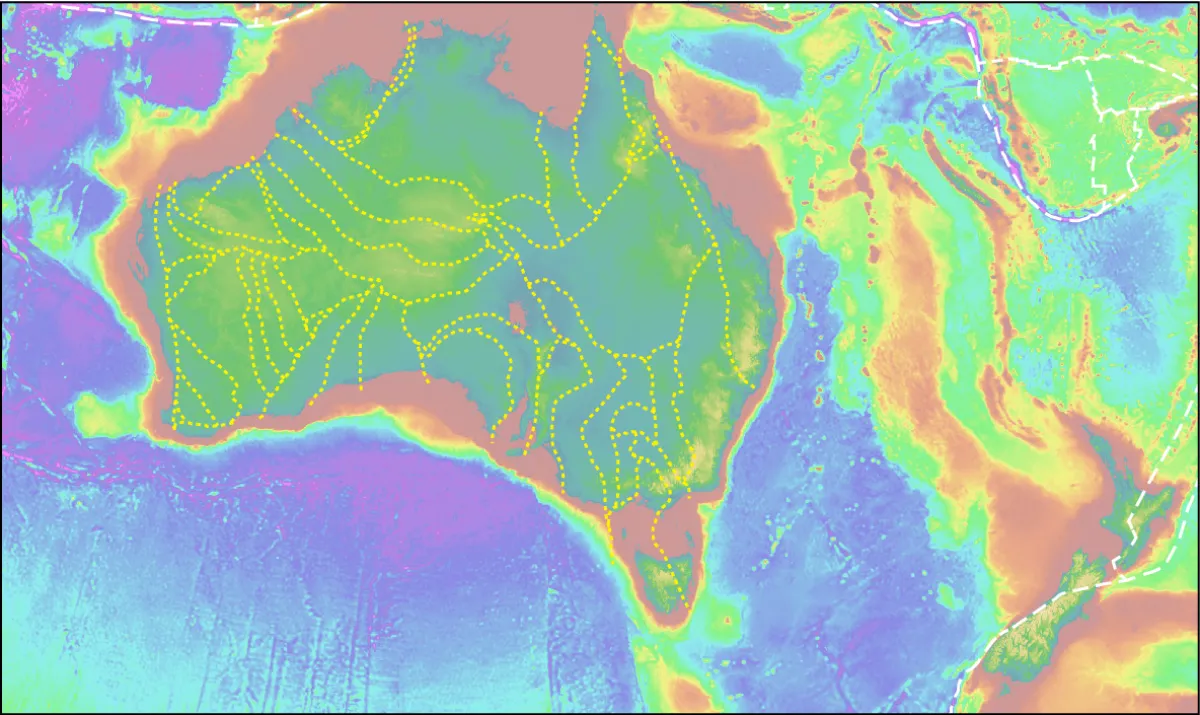Constraining Australian continental deformation through seismic anisotropy
Project to analyse the pattern of seismic anisotropy beneath the continent utilising data from temporary broadband networks deployed across Australia
Content navigation
About

Australia has a long and rich tectonic history. This has created not only the overall continental structure but also ultimately governs the distribution of natural resources, and the pattern of natural hazards such as intraplate earthquakes. When the continental mantle undergoes significant deformation, such as during a past tectonic event, this deformation is frozen-in and preserved in the lithosphere by seismic anisotropy. A preferred orientation of olivine crystals is generated which is then measurable via the directional dependence of seismic wave velocity (i.e. seismic anisotropy). Various techniques exist to constrain the geometry of anisotropy, and therefore the pattern of past deformation, such as studies of the polarisation of seismic waves (i.e. shear-wave splitting), or scattering of surface waves by anisotropic/deformational boundaries (i.e. quasi-Love waves). This project will apply such techniques to Australia utilising the wide expanse of data collected from temporary passive seismic arrays across the continent. This could include recent seismic data from the AusArray collected by GA or from legacy data collected over the decades by the seismology group at ANU

